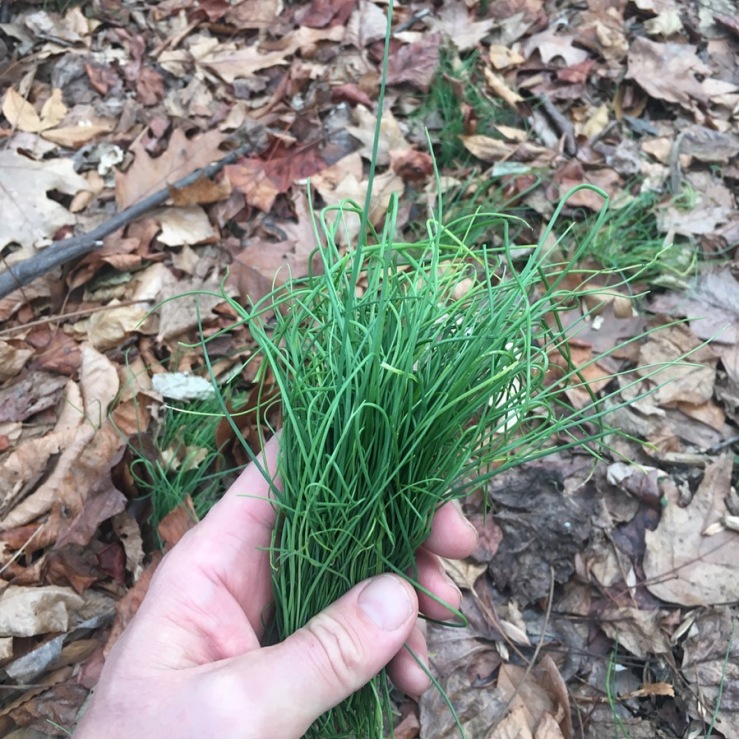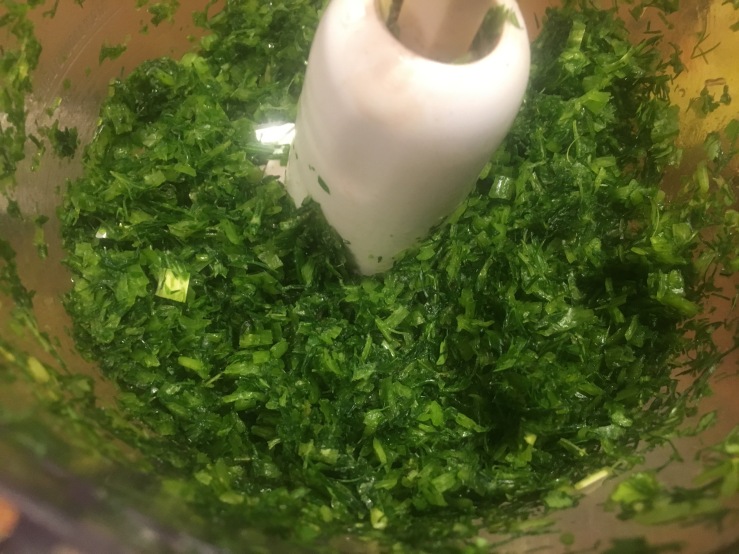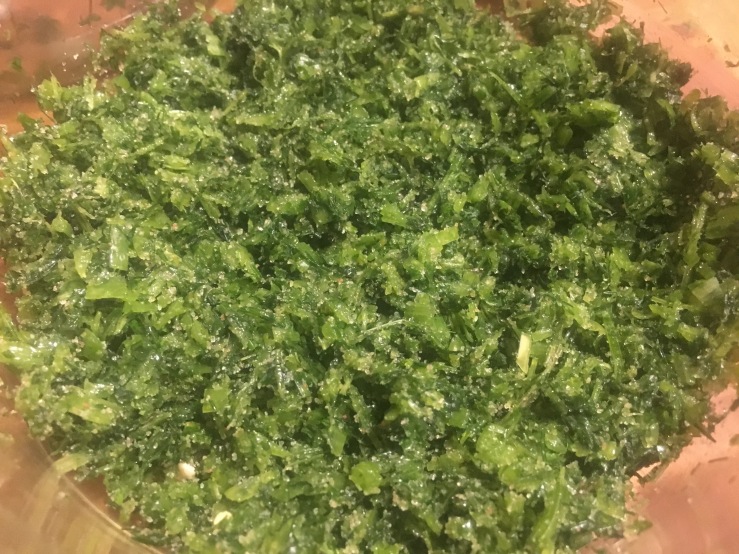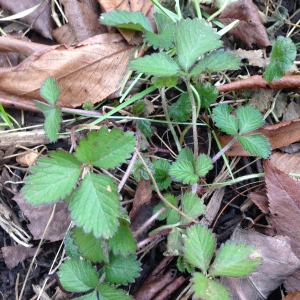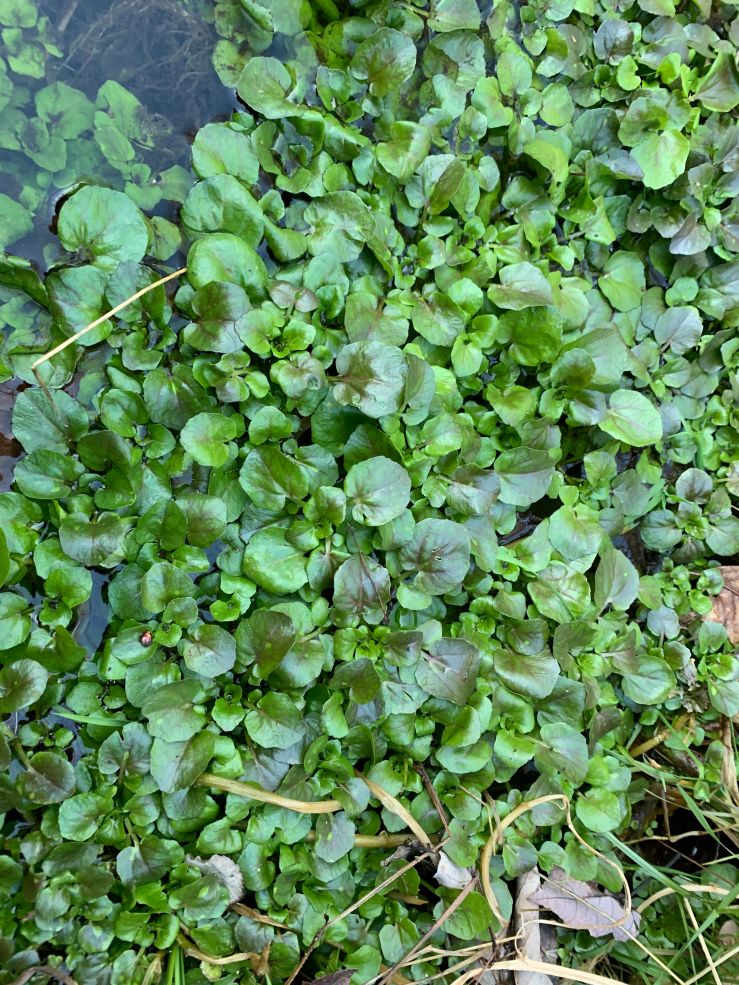
We exist at a turning point. Our world has changed dramatically since the last millennium, but no century has been so dauntingly transformative as the last. Not only is our climate changing rapidly, not only is a great extinction underway (perhaps the greatest, perhaps the last), but we have finally become aware of the endpoint of our resources, and the limit of our invention. It is not enough anymore to keep the machine in motion. We need to apply some brakes. We need to remember how we got here. It is not enough to stop using straws, or bring canvas bags to the supermarket. We need a massive rethink in terms of how we interact with our environment, and food is at the forefront of that interaction.
I am intending to present not a manual for that rethink but a simple volley in the effort, a salvo lobbed at the ceaseless farce of endless growth. There is no permanent economic growth that will not reduce this planet to a sobbing, shrieking wretch. And not for the benefit of the faceless masses, but for the gain of a very few at the expense of the very many.
Most corrupted and most casually ignored are our food systems (clothing also comes into this, but the stakes are higher economically and that is not the subject of this volume). We are not the architects of this, but the unwilling participants–20th century consumption made us acclimated to food in plastic wrap, ingredients as commodities, food severed precisely and sharply from its source. Meat isn’t animals, it is flesh drained of blood and wrapped in styrofoam packages. Vegetables aren’t plants they are Californian-grown produce, shipped across the country in massive Diesel vehicles. Plants come in cans, in plastic freezer bags, in joyless shrink and sleeves. We have lost the thread connecting us to our food.
Just a few generations ago, most of our grandparents and great-grandparents existed in a transitional world. Industrial growth and technology impacted their lives massively, but attached to that incredible change was a sense of connection with another world. The world of self-sustenance, of the working and (dare I say it) peasant classes which revealed to them a set of knowledge and tools which connected them much more tangibly to their food sources. Of course, this is a generalization, and largely a class based one. After all, landowners in the Middle Ages were just as severed from the source of their heavily-laden feast tables as modern oligarchs. The difference is that now this disassociation effects almost everyone in the developed world.
My grandmother raised four children by herself, and supplemented their diet with wild foods. But this connection to the folkways of wild food did not descend directly to me. Although my mother did show me that the invasive wineberry was edible, and I happily munched on honeysuckles as a child, this knowledge was not inherited. I became interested in wild food as an outgrowth of cooking, and an interest in ecology and sustainable lifestyles. Most of what I have come by has been self-taught, aided by print and internet resources, as well as experimentation (within the margins of safety of course). I say this mainly to demonstrate that no matter how far you might be disconnected from the world of the food knowledge and skills of your ancestors, it is a connection you can re-establish. It doesn’t take a lifetime, either–just an interest and the right resources. I aim for this site to be one of those resources, and to guide you to many others.
Along the way I also want to change the way you think about food sources, the environment, cooking and life. My goal is not to provide you with an encyclopedic overview of every wild food but some of the most essential, most common, and most widespread across the temperate parts of the world. The cooking techniques and recipes included in this site are fundamentals, simple presentations, what is known in Italian as cucina povera, the cooking of the poor. A few things may seem complex or challenging at first, but I promise that with practice many of the more involved or unfamiliar processes (like fermentation) will become second nature. All of these techniques formed part of the daily cuisine of the nonnas and farmhouse wives that nourished many generations of our ancestors. And I promise you that, whether your tradition is European, or Indian, or Japanese, or anything else, these women incorporated wild foods into their cooking. Mainly out of necessity, but also out of knowledge of their nutritional aspects, medicinal benefits, and flavor.
As our world transforms dramatically, it might be some small comfort to realize that we can rediscover this knowledge, and explore new ways of sustaining ourselves that are less impactful and far more healthy than the supermarket cooking we have all become used to. One advantage of how aggressively our agriculture and industry have transformed the landscape is that it creates the perfect environment for adaptive, vigorous, invasive plants which are the fundament of wild cuisine. These are the so-called weeds, neglected and often despised. If we can learn to honor and celebrate them, if we can learn how to cook a weed and cherish the food we can make from them, we will not only reconnect with our not-so-distant past but create a path which can help minimize the damage we do to this planet every day with our current foodways.
I hope you will join me in discovering how exciting, delicious, and mindful this food can be.
